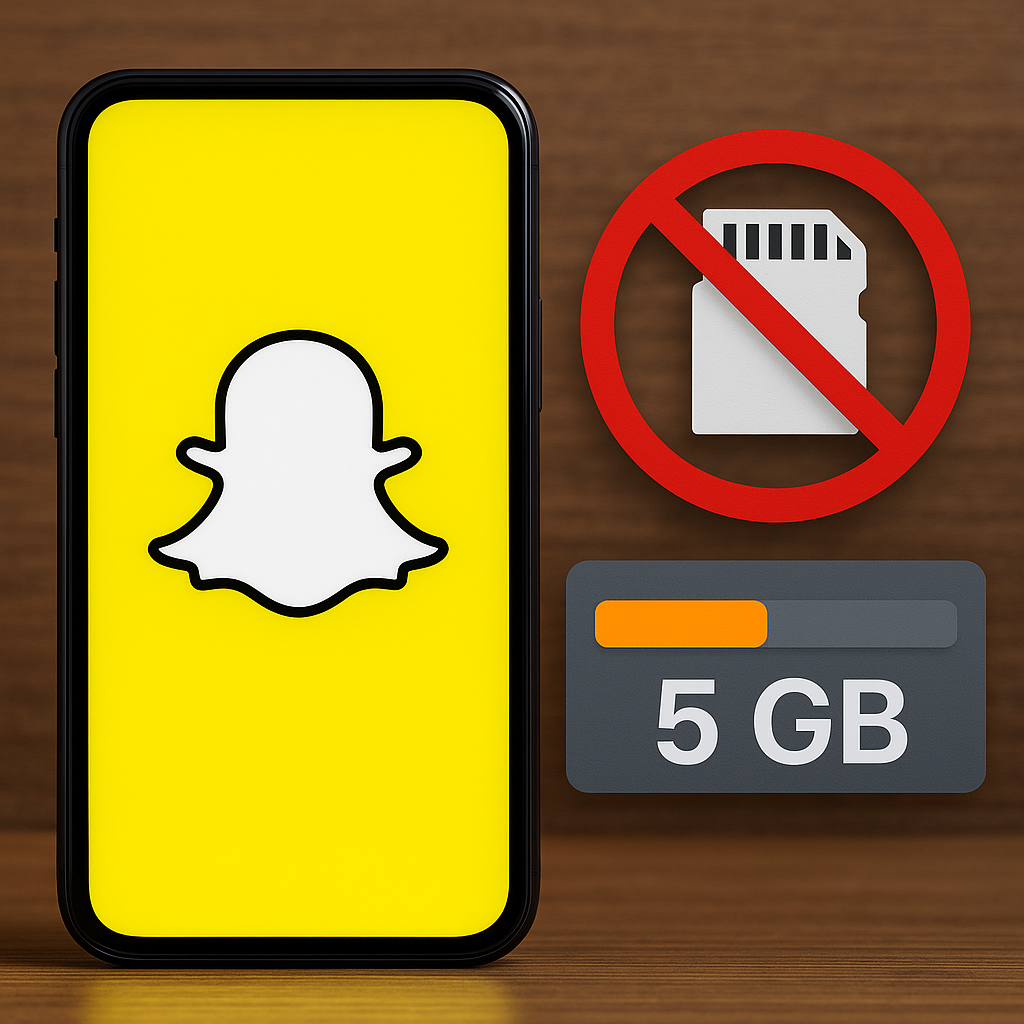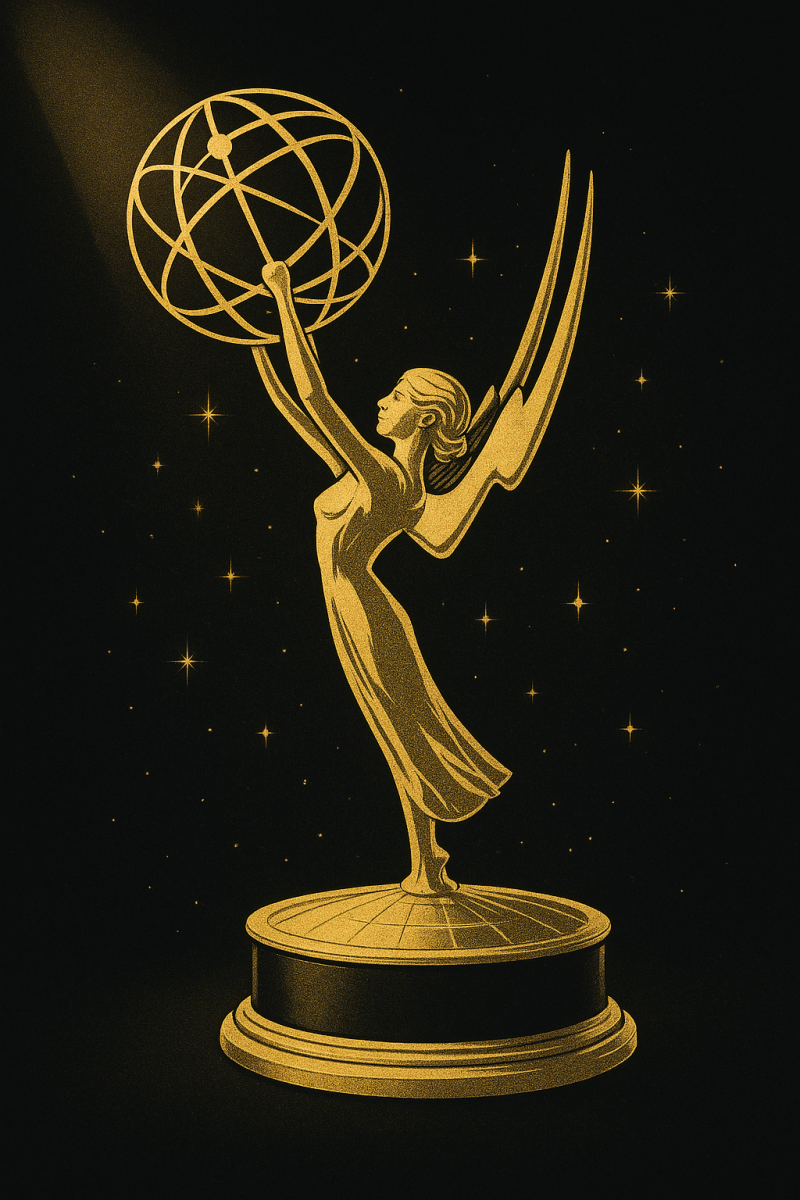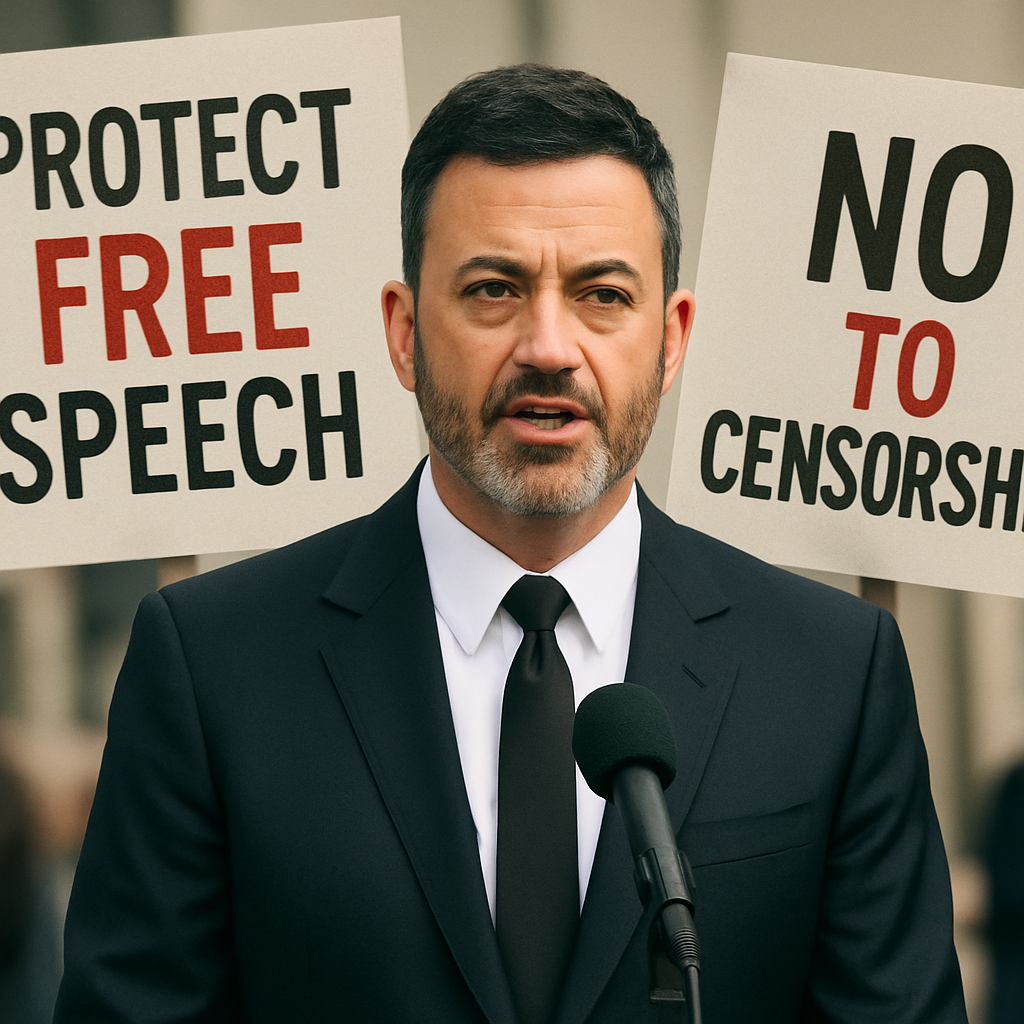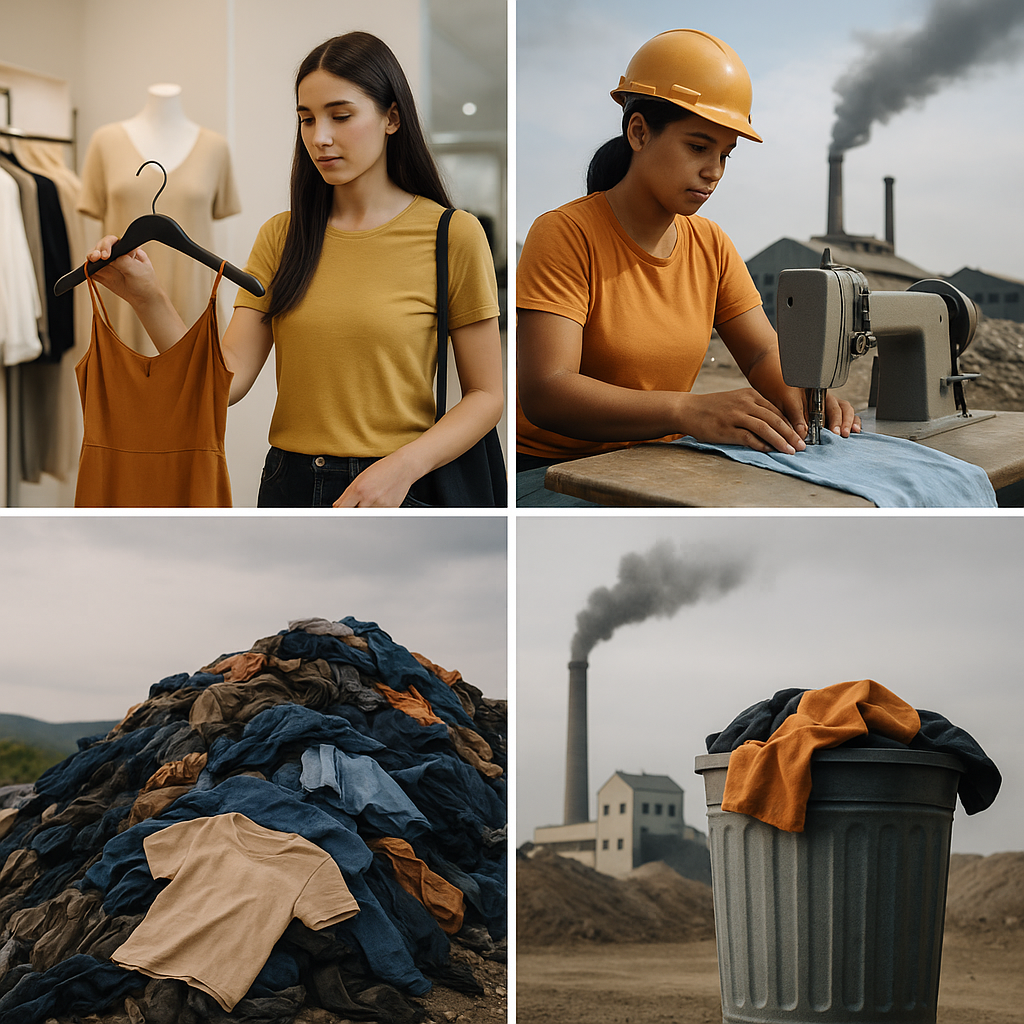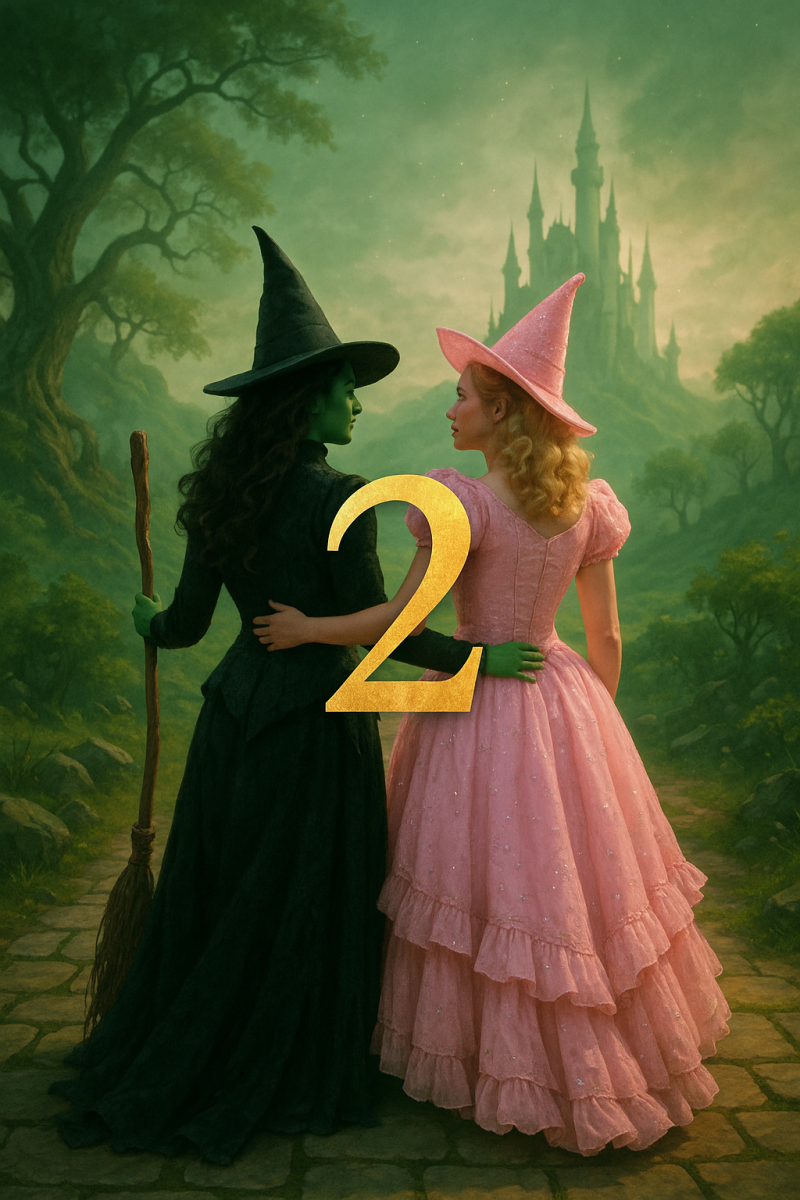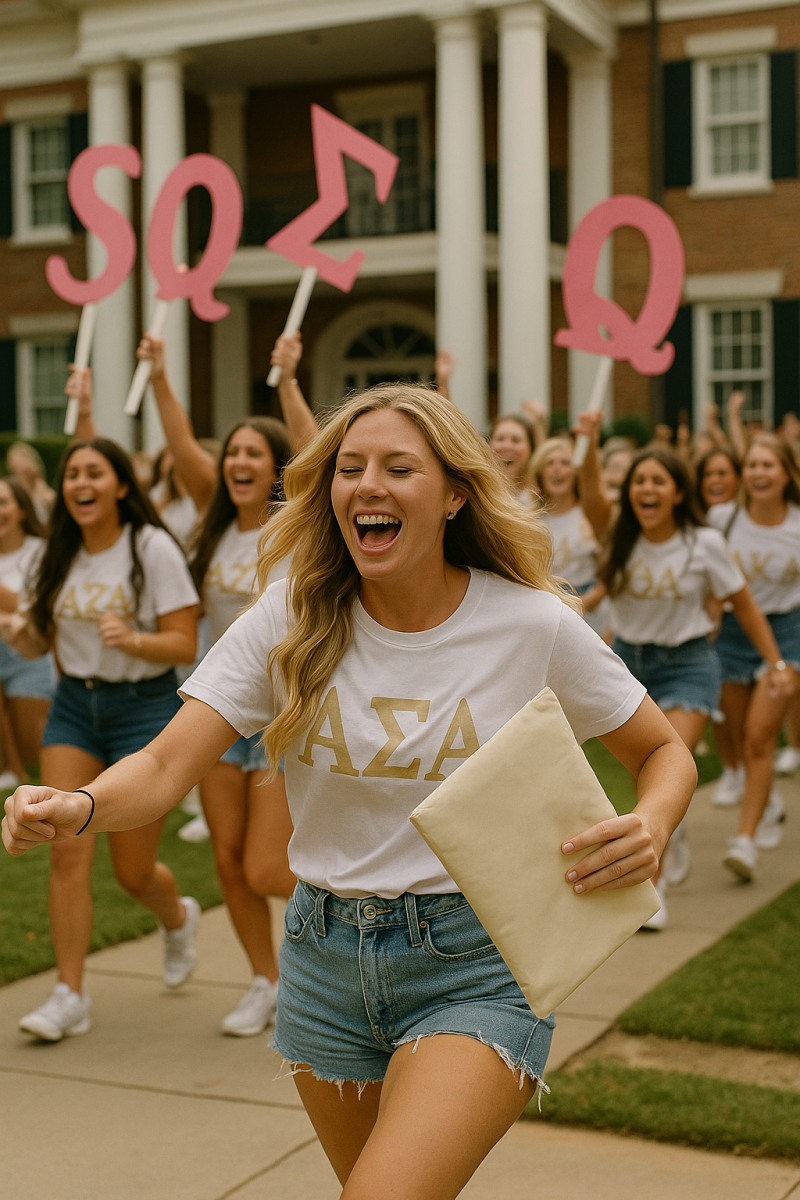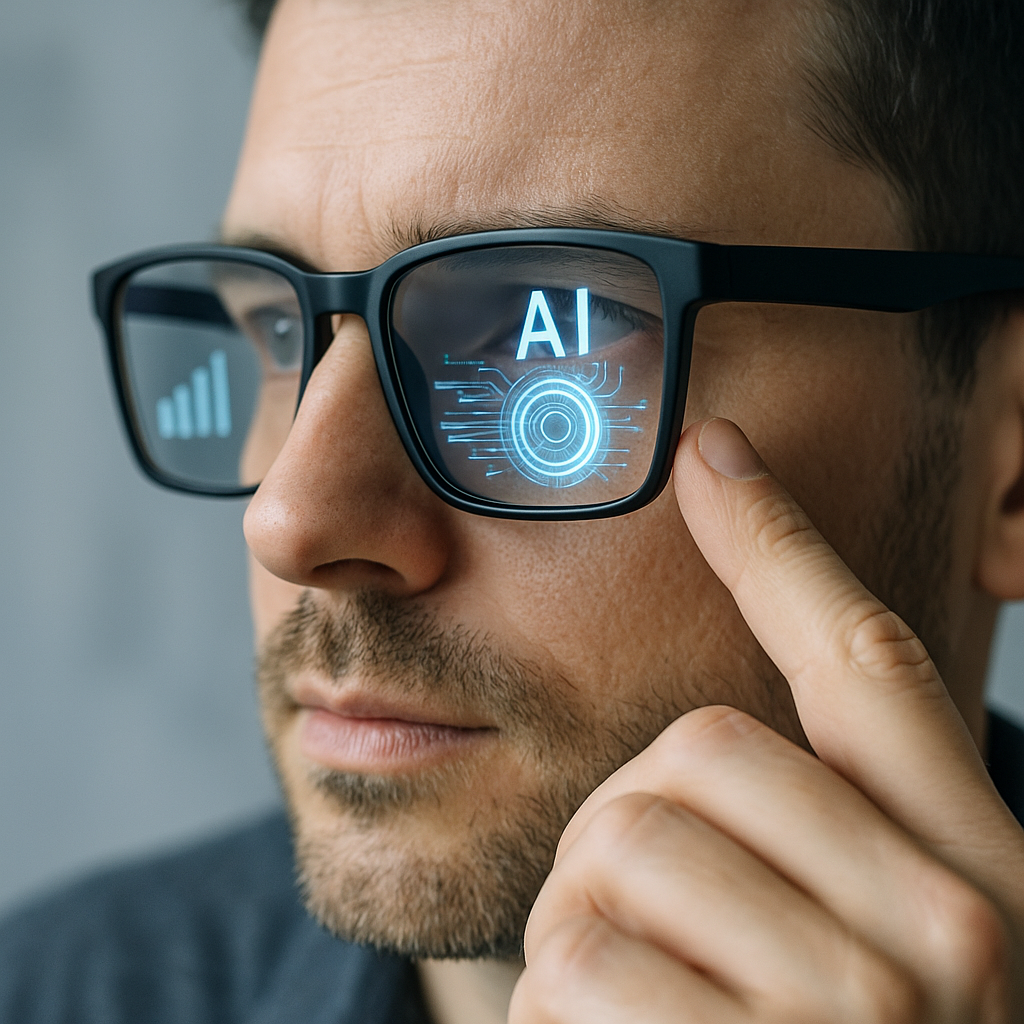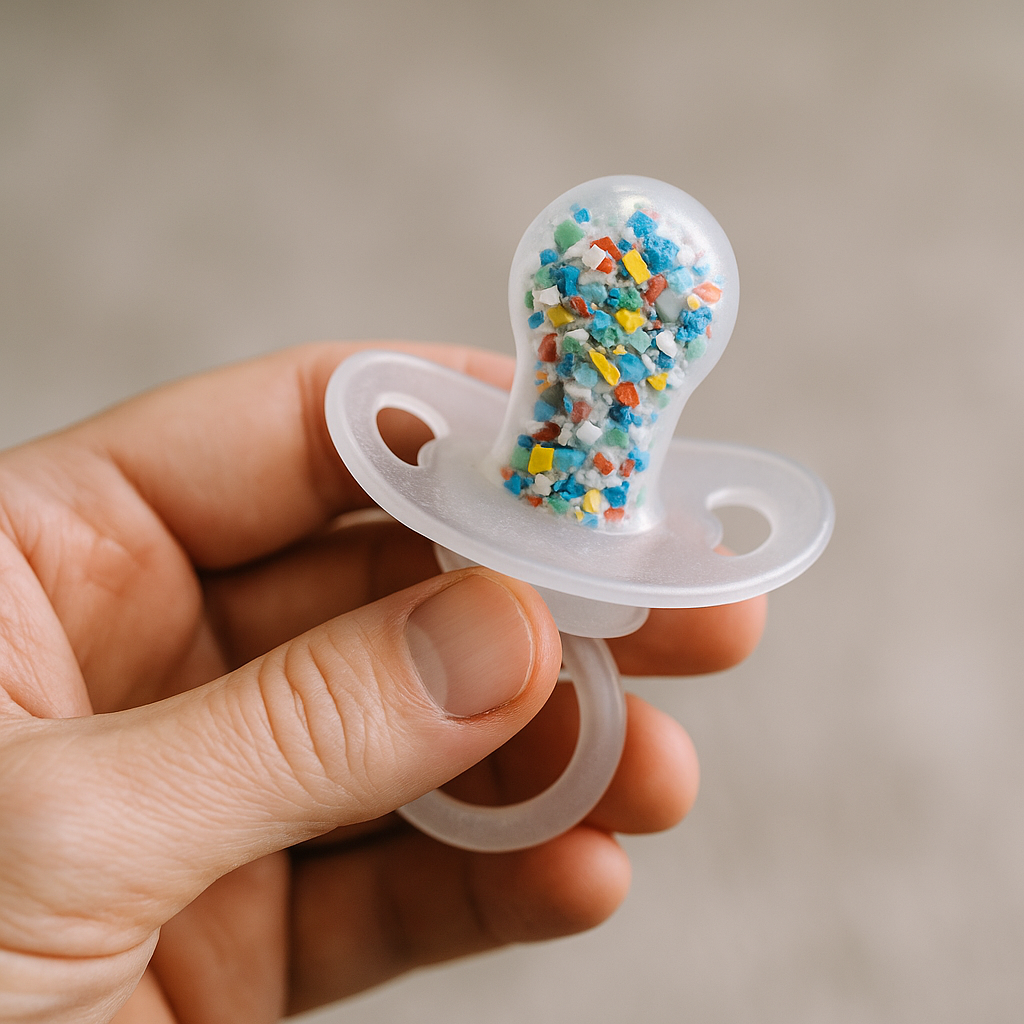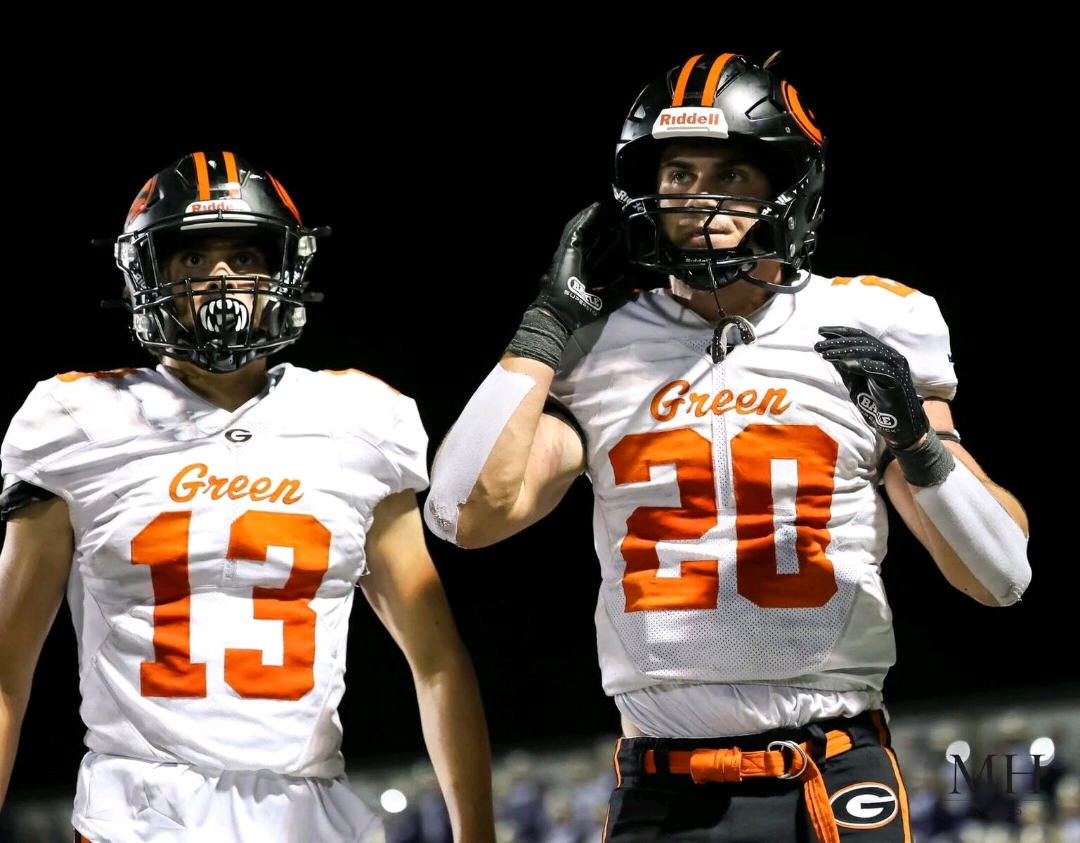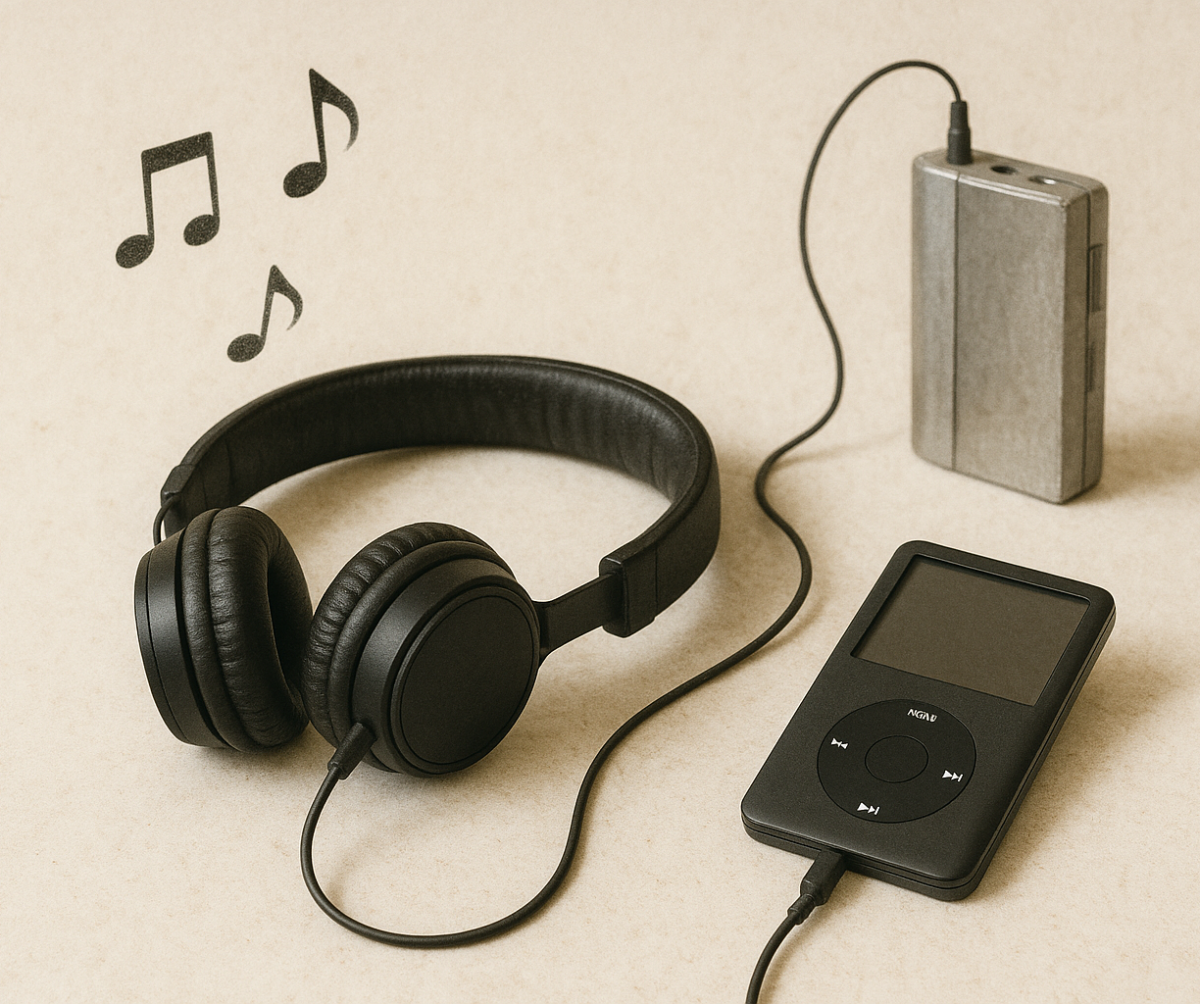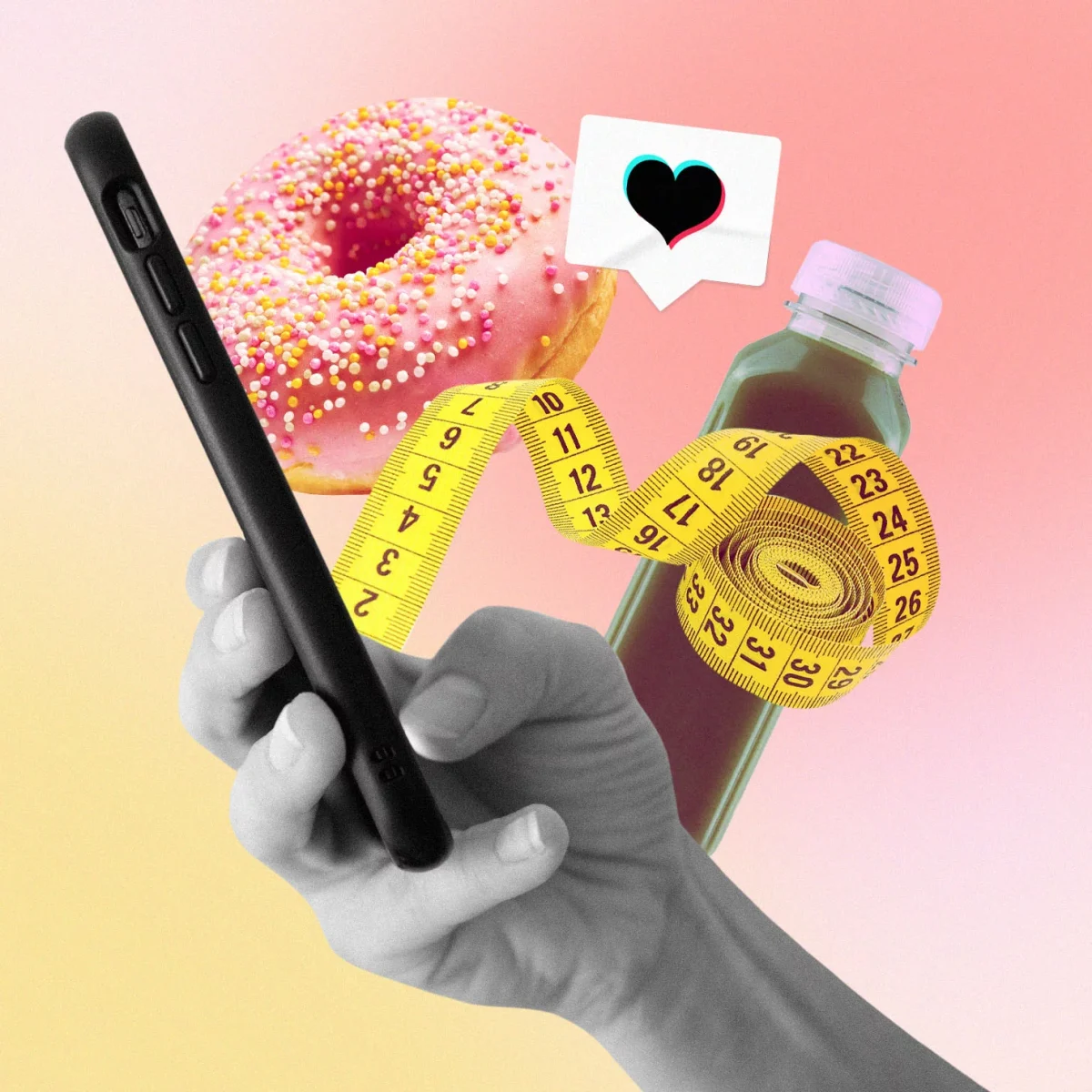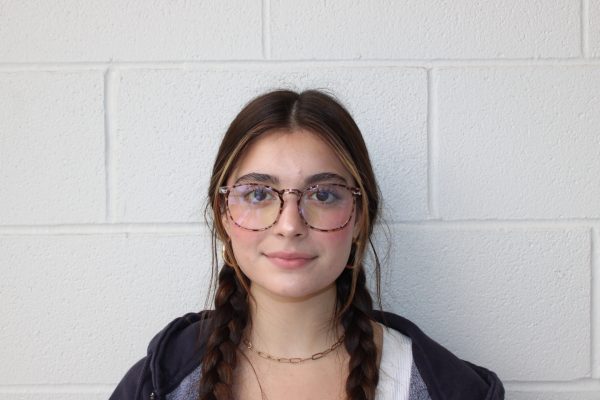Diet culture and fitness trends have recently taken social media platforms by storm. Fitness influencers are popping up all over TikTok, promoting different kinds of workout and diet plans. Recently, everyone has been hooked on getting fit. From people claiming to be nutritionists and diet coaches to videos claiming workout routines that get the most results, there have been multiple videos from hundreds of different users circulating on TikTok.
Although it’s good people are interested in getting fit, the way these “influencers” are going about helping users can potentially promote unhealthy habits. Already, social media is a major breeding ground for young girls to develop unhealthy ideas about body image and adding this to how people view themselves, who knows how much harm it can do.
“Social media creates a toxic and negative culture of body image and societal expectations of what we ‘should’ look like. The constant comparison of ourselves to what social media puts out of meeting certain beauty standards creates poor self image, self-esteem, and various other mental health issues starting as young as eight years old If we don’t think we meet that standard,” Lisa Pafford, a GHS health teacher, said.
These “fitness influencers” don’t post realistic videos. Most videos are captioned, “The best workouts to get an hourglass figure,” or “Here’s how to get a smaller waist under 3 months.”
What most people don’t know is that one could do all those workouts and follow every word that a specific influencer is saying, but it doesn’t guarantee someone will get the results they are promising. It is 100% possible for someone to workout, lose weight, and get toned, but it is physically impossible (without plastic surgery) to change the build of one’s body. No matter how hard you try or how much you diet, you won’t achieve the same body as the TikToker you so highly praise.
“Dieting must be accompanied with exercise. Some people have the metabolism where working out just works and some people have the metabolism where they have to incorporate both. If you’re going to change your diet for weight loss purposes I think you need to incorporate a good fitness plan included,” Tiron Jester, a Physical Education teacher at GHS, stated. Everyone’s body is built uniquely.
“There is no one size fits all workout or diet for everyone. You need to figure out what you want to achieve from your workout/food intake then research what you can do to achieve those goals,” Pafford stated.
The possible effects from these videos could be detrimental to young users who don’t understand that. It potentially can lead to body dysmorphia and eating disorders. It’s possible these influencers don’t intentionally want to cause harm, but it’s promoting unrealistic ideals.
TikTok specifically, has a trend of showing off “legging legs.” Girls all over social media are discussing the way certain legs look in leggings as well as putting a specific image on how legs should look in leggings. According to TikTok, girls with legging legs have a thigh gap and non-muscular legs. Videos are being posted of girls with the “legging legs” and girls without them; with people commenting things such as, “she has legging legs,” and “I wish my legs looked like that.”
These trends support the idea that girls must look a certain way to be pretty or praised. It feeds body dysmorphia and yet again, gives girls an unrealistic image of how they should look. Videos like these completely contradict the “body positivity” movement and undermine the whole principle of it. There shouldn’t be a trend going around about the way a girl’s legs look in pants. No matter the size or shape of your legs, you are beautiful. No matter what your body looks like, you are beautiful.

